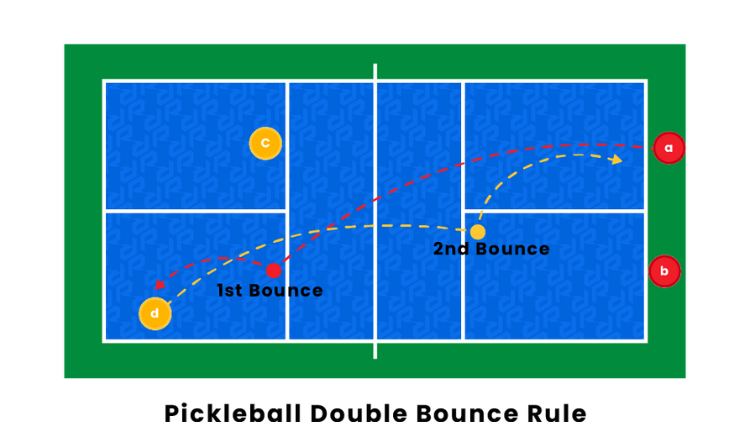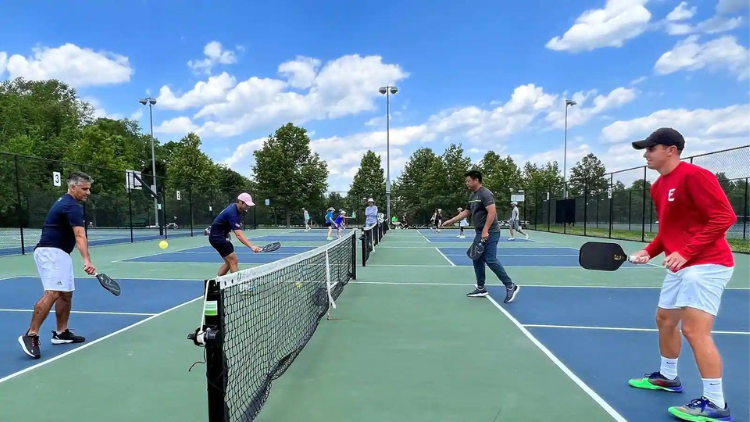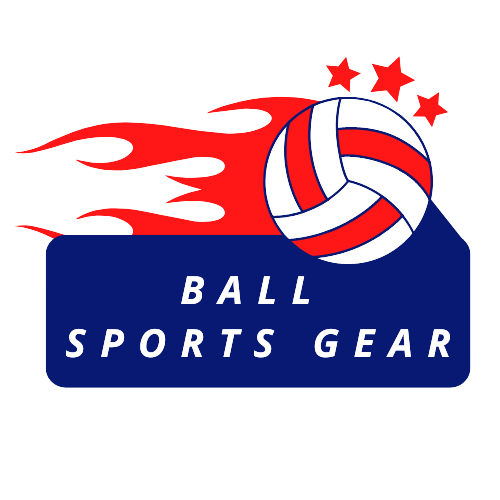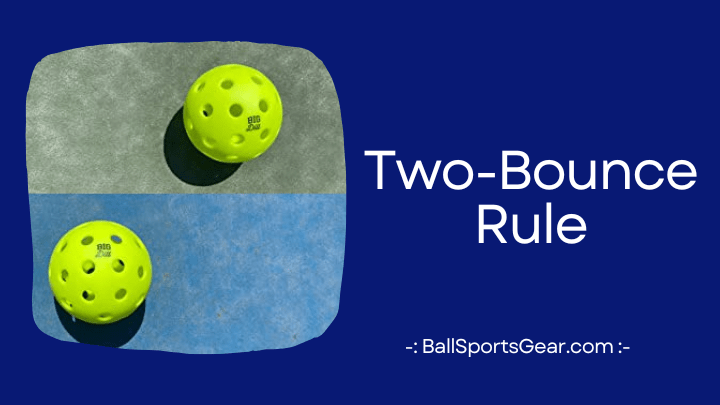You’re not alone if you’re confused about the difference between the Two-Bounce Rule and the Double Bounce Rule in table tennis. The restrictions are so complicated that it’s easy to become befuddled. This blog post will go over these two criteria in depth and explain how they differ. Whether you’re a novice or a seasoned player, you may learn more about these table tennis regulations! The ball must contact the table twice before being returned, according to the Two-Bounce Rule. The Double Bounce Rule states that the ball must bounce twice on the same side of the table before being returned. The Two-Bounce Rule is utilised in singles, whereas the Double Bounce Rule is used in doubles.
What is the Two-Bounce Rule?
Let’s review the double bounce rule. This regulation stipulates that if a ball strikes the ground twice before being caught, the batter is out and the ball is declared dead. The two-bounce rule applies specifically to bunt attempts. If a bunted ball first hits the ground and then rebounds into the catcher’s box before they can make a catch, then the batter is out. Conversely, if it ricochets outside of the catcher’s box, it remains live and runners can advance.
Pickleball Ball Size
The USAPA regulates four sizes of pickleball balls. The official size is 2.86 inches in diameter and must be between 0.9 and 1.1 ounces. There is also an oversized ball which has a diameter of 3.375 inches and weighs between 1 and 1.25 ounces; this is designed for players with vision impairments or any other condition which makes using the standard-size difficult. The mini pickleball, measuring 2 inches in diameter and between 0.56 and 0.78 ounces, is used for indoor play as well as beginners and young learners who are starting out with the game.
What is the Double Bounce Rule?
The Double Bounce Rule is an important guideline, aiming to protect players from harm and ensure that passes are caught in the intended direction. This rule dictates that receivers should not try to catch a ball that has already been on the ground once, as attempting this could lead to it being deflected once more, resulting in potential danger. Too many times have we seen balls coming down hard after rebounding off players’ hands. To keep everyone safe, this rule remains in effect.

The Difference Between the Two Rules
There is a big difference between the two bounce rules in email marketing and direct mail marketing. The two bounce rule applies to email marketing, while the double bounce rule applies to direct mail. The two-bounce rule states that an email is considered undeliverable if it bounces twice. This means that if an email is sent to an address and it bounces back, the sender should remove that address from their list. If the same email is sent again and it bounces back a second time, it’s considered a hard bounce and is permanently undeliverable.
The double bounce rule is different. This rule applies to direct mail marketing, and it states that a piece of mail is considered undeliverable if it’s returned by the post office twice. This usually happens when an address is invalid or there’s no one at the address to receive the mail. Unlike with email, you can’t simply remove an address from your list after a double bounce – you need to update your records first.
The Rules Of Pickleball
The two-bounce rule and the double bounce rule are the two basic regulations that you must be aware of when playing pickleball.
In order for a ball to be able to be hit by another player, it must bounce twice after it is hit by a player. A “carry” occurs when the ball hits the ground once and is caught by another player before it bounces again. The ball must be returned to the original player.
So, what’s the difference between these two rules? The main difference is that the two-bounce rule is stricter and does not allow for any leeway when collecting the ball on a single bounce. The double bounce rule, on the other hand, gives players greater leeway and allows them to continue playing even if their strokes are not perfectly completed. The two-bounce rule states that the ball must be struck and bounce twice before it is regarded a legitimate stroke. This implies that the ball must go a specified distance while still maintaining control of the ball throughout the two bounces.
The double bounce rule is more permissive in that it allows for more inventive shots as long as the ball bounces twice. This guideline helps players to be more creative with their shots because they are not restricted to only one method of striking the ball. It also makes the game more fun and hard since players may devise numerous ways to win. Furthermore, the two-bounce rule compensates players for their control and precision, since they must guarantee that the ball bounces exactly twice in order for the shot to be judged legal.

Which one should you use?
There are a couple different ways that email marketers can segment their list for improved deliverability. One way is to use the Two-Bounce Rule, and the other is to use the Double Bounce Rule. So, which one should you use?
Basically, the Two-Bounce Rule states that if an email bounces twice, it should be removed from your list since someone won’t be a valuable subscriber if they can’t receive emails.The Double Bounce Rule, on the other hand, says that if an email bounces once AND the bounce is permanent (meaning the address is no longer valid), then it should be removed from your list. This rule is a little more lenient than the Two-Bounce Rule, but it still ensures that you’re only sending emails to people who are likely to see them.
It really depends on your preferences and your goals which one to use. You can use the Double Bounce Rule if you want to err on the side of caution and make sure each email you send has a good chance of being seen by the recipient. Using the Two-Bounce Rule will get you a slightly larger list if you don’t mind a few extra bounces here and there.
Frequently Asked Questions
the person on whose side of the court the ball has bounced twice! The person who hit the ball on two bounces has to call it. it’s like a line call in unofficiated matches, you’re SUPPOSED to call it on yourself–yeah, right.
The serve can bounce more than one time on your opponent’s side of the table. If it does bounce more than once, this is a point for the server, since the receiver must hit the ball after the ball has bounced only once on his side of the table.
A hard bounce means an email can’t be delivered for permanent reasons, while a soft bounce indicates a temporary issue. Learn the differences between the two and how to minimize bounces.
Conclusions
In conclusion, the Two-Bounce Rule and the Double Bounce Rule are two different terms used interchangeably to refer to the same rule in pickleball. This rule requires each team to allow the ball to bounce twice before hitting it, with the first bounce being on their side of the court, and the second bounce on the opponent’s side. Players who hit the ball before it bounces twice or hit the ball after it has bounced twice violate the rule and will result in a point for the opponent. Therefore, the Two-Bounce Rule and the Double Bounce Rule are the same, and both refer to this fundamental rule in pickleball.

